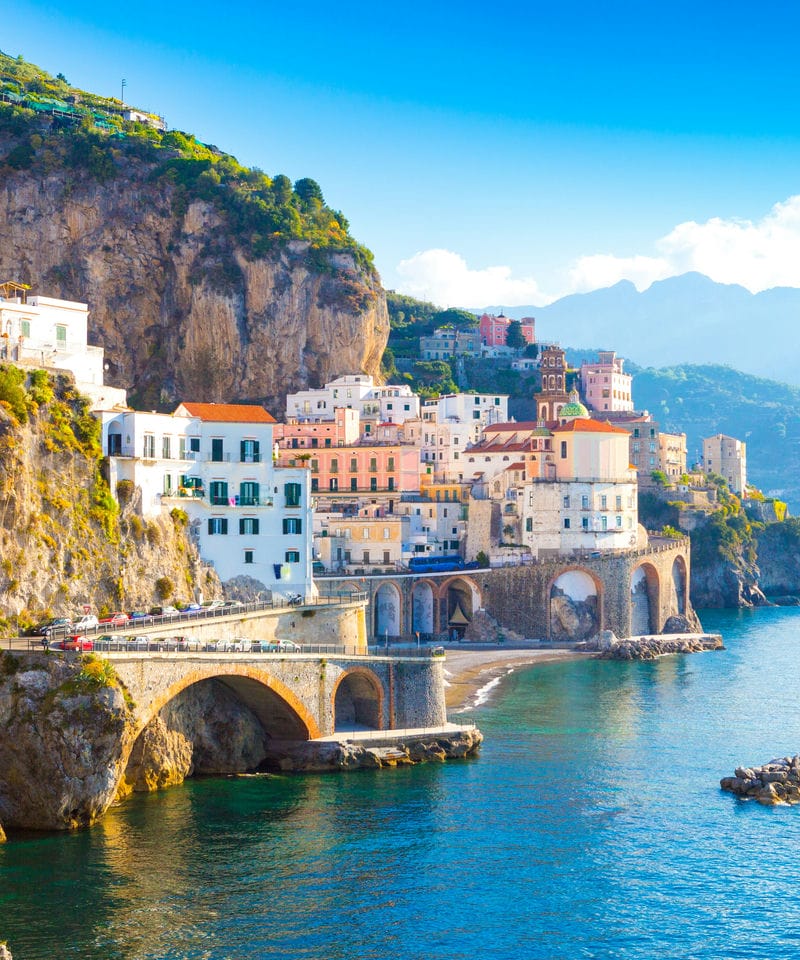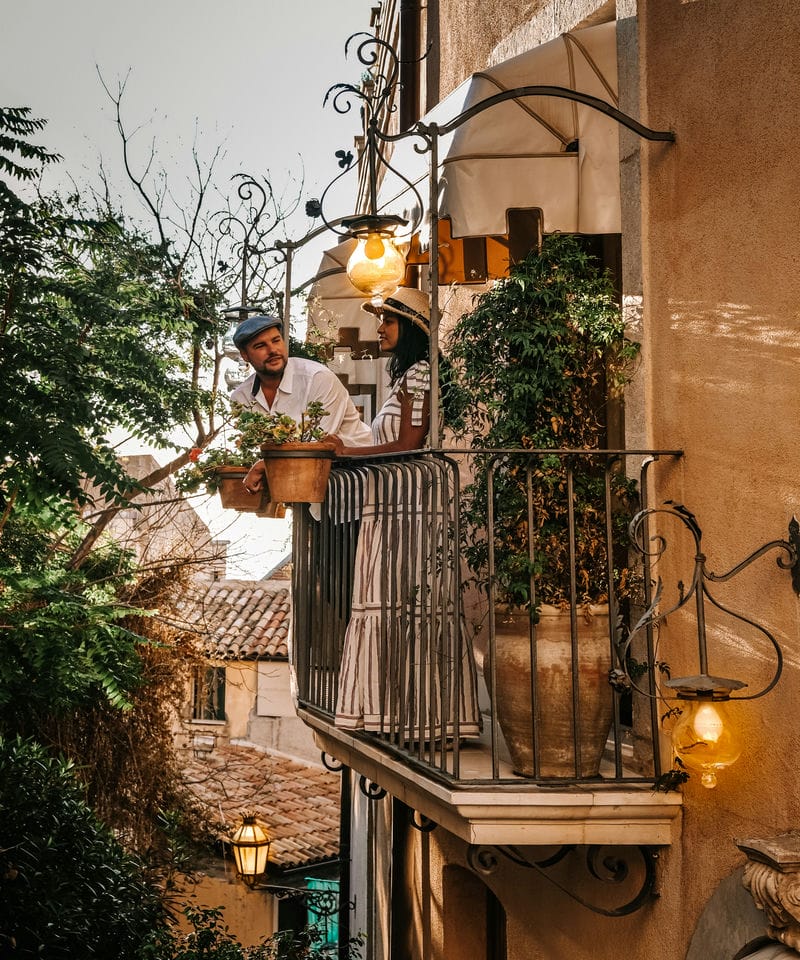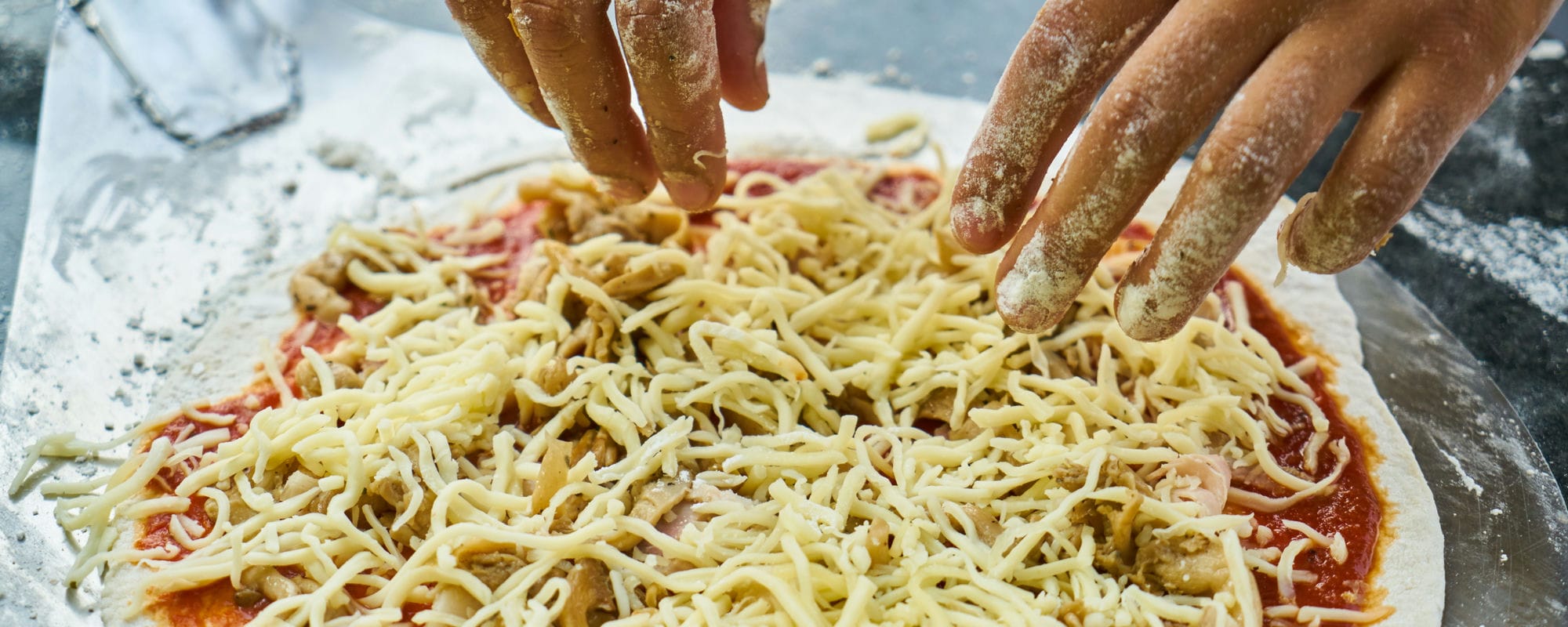
Food in Italy: A Culinary Journey Through Regions and Traditions
Key Takeaways
- Food in Italy is celebrated for its regional diversity and traditional dishes.
- Seasonal and locally sourced ingredients form the cornerstone of Italian cooking.
- The culinary experience in Italy extends beyond meals to include cultural traditions and renowned desserts.
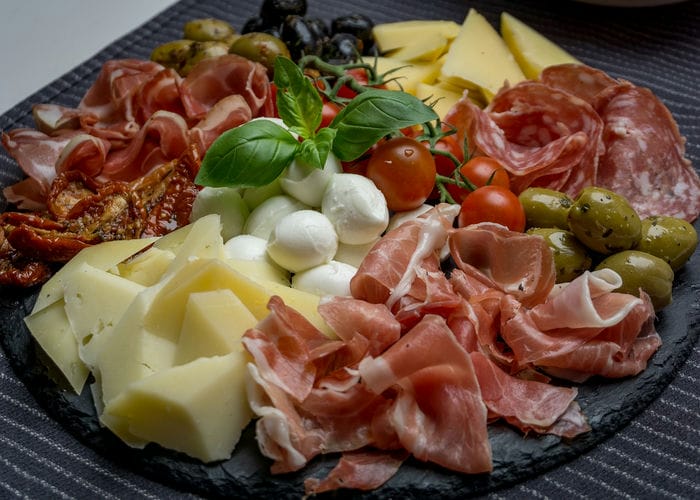
Italy is not just a country; it's an experience that transcends its scenic landscapes to include a rich culinary journey deeply rooted in tradition and regional diversity.
Italian cuisine is a tapestry of flavors and techniques that paints a vivid picture of the culture and history of Italy.
From the bustling streets of Rome with the most popular pasta dishes to the fertile hills of Tuscany, every region offers its own distinct twist on Italian fare.
Traditional Italian cuisine (along with every Italian restaurant) spotlights the quality and freshness of ingredients, whether it's the simplicity of a Margherita pizza or the complexity of a slow-cooked ossobuco.
Italian Food Culture

Italian food culture is deeply entrenched in the nation's history and geography, where each region adds a distinct flavor to the overall culinary identity.
Historical Background shows that Italian cuisine has evolved over centuries, heavily influenced by neighboring countries and important historical events, which have woven a rich tapestry of tastes and cooking methods.
The geography of Italy plays a pivotal role in its food culture. With a long coastline providing an abundance of seafood, rolling hills for grazing cattle and sheep, and fertile plains and valleys for growing a diversity of crops, the variety in topography lends itself to a variety in the diet.
Italian Tradition insists on the freshness of ingredients; recipes are often passed down through generations.
The Italian kitchen prizes regional specialties, and every area from Sicily to Lombardy has its signature dishes. You can read How to Plan a Trip to Italy to explore the rich regional varieties Italy offers.
Classic Italian Dishes inherently reflect the diversity and quality of produce available. A traditional Italian meal may include:
- Antipasti (appetizers)
- Primo (first course, usually pasta or risotto)
- Secondo (second course, meat or fish)
- Contorno (side dish, often vegetables)
- Dolce (dessert)
The Influence of Climate is evident in the prominence of seasonal ingredients used in Italian cooking, from sun-ripened tomatoes to the use of citrus in the south.
Italian chefs respect the natural taste of food and, therefore, cook with a light hand when it comes to seasoning.
Italian food culture is notable not just for its regional variations and historical significance but also for its impact globally.
It embodies a philosophy of culinary simplicity, where high-quality ingredients and time-honored practices converge to produce dishes recognized and beloved around the world.
Regional Variations in Italian Cuisine
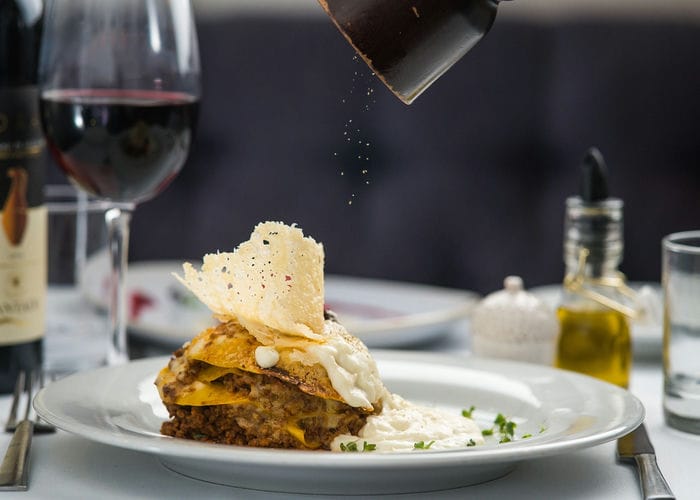
Italian cuisine is characterized by its diversity, reflecting the cultural variances of its regional landscapes.
From the rich and creamy dishes in the North to the vibrant and olive oil-based recipes in the South, each area offers unique flavors and culinary traditions.
Northern Italy
Northern Italy's cuisine features butter, rice, corn, and cheeses, emphasizing dairy-rich dishes and sophisticated techniques.
Liguria, home to Genoa, favors seafood along with fresh herbs and vegetables, epitomized in its famous basil pesto.
In Milan, risotto and polenta often accompany osso buco. The Venice area features polenta and rice in many forms, catering to its historical trade connections that brought diverse ingredients to its tables.

Central Italy
Moving to Central Italy, Tuscany is lauded for its simplistic yet deeply flavorful cuisine and some of the most popular Italian dishes, such as ribollita and pappa al pomodoro, often using unsalted bread and quality olive oil.
This region prides itself on dishes that bring out the natural flavors of its ingredients, which is vividly seen in Florence's offerings.
In contrast, Emilia-Romagna is famous for its rich gastronomy and products like Parmigiano Reggiano, balsamic vinegar, and prosciutto di Parma.
Southern Italy
The cuisine of Southern Italy is renowned for its robust use of tomatoes, olive oil, and fresh vegetables.
Naples is recognized worldwide as the birthplace of pizza, with the iconic pizza Margherita showcasing simple yet high-quality regional ingredients.
The island of Sicily contributes with its delectable array of seafood and pasta dishes, reflecting an eclectic mix of culinary influences from various historical occupations.
Explore more about the country’s rich cultural tapestry through the best things to see and do in Italy, as well as Italian attractions uncovered that complement the culinary adventure across this spectacular destination.
Key Ingredients in Italian Cooking

Italian cuisine is celebrated for its emphasis on freshness and quality. High-quality olive oil and tomatoes, both cornerstones of Mediterranean cooking, are essential to many dishes.
Extra virgin olive oil is used for sautéing, dressing salads, and as a finishing touch to enhance the flavors. Whether fresh or preserved, tomatoes add a vibrant color and rich taste to sauces and salads.
Garlic is ubiquitous in Italian kitchens, where it is appreciated for its robust flavor. Another favorite is basil, which adds a fresh and aromatic component to dishes.
This herb pairs particularly well with mozzarella cheese—a staple in Italian recipes, especially famed for its role in Margherita pizza.
The Foundation of Italian Dishes
- Pasta: Integral to Italian cuisine, it comes in numerous shapes and styles to pair with a variety of sauces.
- Rice: A primary ingredient in risotto, it is prized for absorbing flavors and maintaining a firm texture.
Fresh Produce and Cheese
Italians cherish the quality of their vegetables, which is integral in creating a mosaic of flavors and textures in their cuisine.
A variety of Italian cheeses, beyond mozzarella, grace Italian tables, including Parmigiano Reggiano cheese, Pecorino, and Ricotta, each offering distinct flavors and textures to various dishes.
The utilization of these ingredients reflects the regional diversity and the culinary heritage of Italy. They are the basic elements that define the authentic taste and heart of Italian cooking.
Traditional Italian Dishes
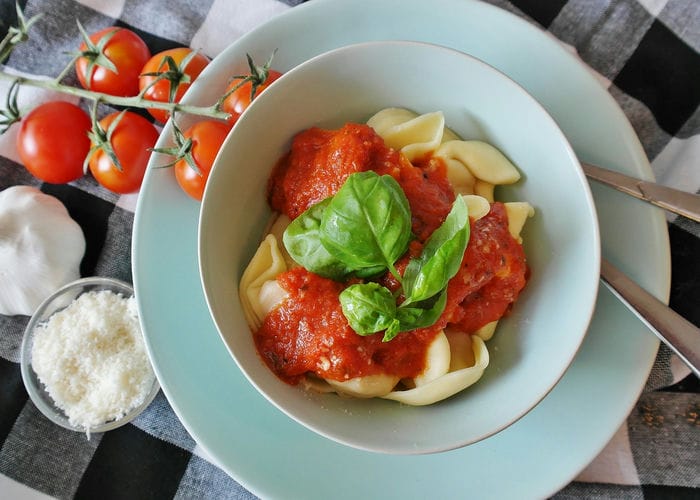
Tortellini- credits: Pixabay.com
Italy's cuisine is a mosaic of flavors with a rich culinary tradition that varies from region to region. Each dish often tells a story of its origin and cultural influences.
Pasta, a staple of Italian cuisine, comes in countless varieties. Each region boasts its own signature pasta dish, from the robust ragù alla Bolognese in Bologna to the sumptuous carbonara in Rome.
Whether served al dente with a simple sauce or in a more complicated preparation, pasta is integral to the Italian dining experience.
Moving north, risotto manifests the elegance of Northern Italian cooking. This creamy rice dish, lovingly stirred with a broth typically infused with saffron, showcases the region's affinity for subtle yet substantial flavors.
Polenta, another northern specialty, provides a hearty base for a variety of meat and sauce pairings.
In the realm of bread, one finds a diversity of styles, from the crusty loaves of Tuscany to the soft focaccia found in Liguria.
These breads complement an array of Italian dishes, serving both as a vehicle for flavorful sauces and as an accompaniment to a selection of cured meats.
Pizza, especially the most iconic food, Pizza Margherita, hails from Naples. Respected for its simplicity, it features a light, airy crust topped with tomato sauce, fresh mozzarella, and basil leaves — colors that pay homage to the Italian flag.
Lastly, meat dishes like Osso Buco and Bistecca Alla Fiorentina signify Italian cooking's robust side, offering hearty and satisfying flavors.
Including various sauces from the vibrant pesto of Genoa to the hearty meat sauces of Central Italy, the traditional Italian table is a celebration of regional specialties and culinary mastery.
Italian Wine and Cheese

The confluence of Italian wine and cheese presents a rich tapestry of flavors with deep-rooted gastronomic traditions.
Italy produces an assortment of cheeses alongside a diverse range of wines, which include both red and some white wine varieties, each providing a unique accompaniment to a culinary tradition that is celebrated across the globe.
Cheese Varieties:
- Asiago: A versatile cheese that ranges from smooth and mild when young to crumbly and sharp when aged.
- Gorgonzola: Italy's storied blue cheese, ranging from creamy to firm, tangy to sharp.
- Taleggio: Soft with an edible rind, noted for its strong aroma and delicate taste.
- Parmesan cheese (Parmigiano-Reggiano): Hard, granular, and cooked, not pressed, it is ideal for grating over a myriad of Italian dishes.
- Mozzarella: Known for its soft texture and recognized as a staple in Italian cuisine, especially in pizza and Caprese salad dishes.
Wines to Pair:
- White Wines:
- Pinot Grigio: Light-bodied and crisp, suitable for soft and creamy cheeses.
- Verdicchio: This medium-bodied wine complements the creamy flavors of mozzarella and ricotta.
- Red Wines:
- Chianti: The high acidity and medium tannins pair well with the richness of aged parmesan.
- Barolo: Full-bodied and robust, it stands up to the potent flavors of Gorgonzola.
Cured Meats: An honorable mention goes to prosciutto, Italy's famed cured ham, which pairs marvelously with figs, melon, and a variety of cheeses, elevating the overall taste experience of this hearty dish when sipped alongside a glass of Italian wine.
The philosophy surrounding Italian wine and cheese is one of balance and harmony, where the textures and flavors complement each other to create a satisfying gastronomic experience.
Each pairing when you eat in Italy is a testament to the country's dedication to fine, artisanal craftsmanship in both viticulture and cheese-making.
Culinary Traditions and Customs
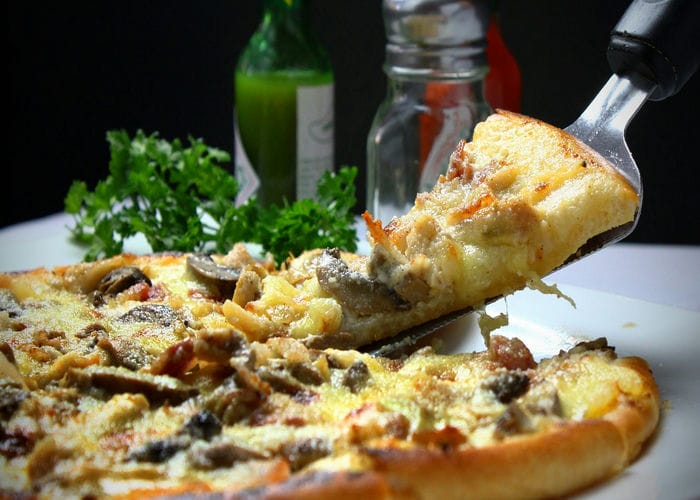
Italian cuisine is deeply rooted in family meals and festive occasions, where food acts as a celebration of both tradition and connection.
Meals and foods in Italy, especially in family gatherings, often unfold in a well-defined sequence, showcasing the regional diversity and culinary richness of Italy.
A typical Italian meal might begin with the antipasto, a starter that could include a variety of cold meats, cheeses, and vegetables.
Following this is the primo course, usually consisting of a hearty plate of pasta, risotto, polenta, or hearty soup.
This is then succeeded by the secondo: a meat or fish dish with a meat sauce and a side of vegetables, known as contorni.
Italian food rituals stipulate that meals are often long affairs, luxuriated over multiple courses, each presented with care and served at a measured pace.
With even the most famous Italian foods, it's not only about feeding the body but also about bringing people together, making celebrations such as Christmas and Easter extensive culinary experiences.
During these occasions, specific dishes like Torrone (nougat) for Christmas or Colomba Pasquale (Easter Dove) for Easter become the centerpiece of tradition, linking generations through flavors and customs.
These celebrations highlight regional specialties, with families taking pride in their own traditional and iconic foods and recipes handed down the ages.
It is also customary to round off the meal with espresso and perhaps a shot of liqueur, such as Limoncello or Grappa.
Finally, when dining out, understanding local tipping customs can enhance the dining experience. While tipping is not mandatory in Italy, it's common courtesy to leave a small amount for good service, which is well explained in a handy guide on Tipping in Italy: A Quick Guide to Gratuity Graciousness.
In essence, Italian culinary traditions are an expressive narrative of Italy’s regional diversity, emphasizing the importance of family and festivities, all of which are cemented by the convivial spirit that Italian meals are cherished.
Famous Italian Desserts

Italian cuisine is celebrated for its rich variety of desserts, each offering a unique taste of the country's regional specialties.
Tiramisu, originating from Veneto, stands out as one of the most renowned. This famous Italian dish layers coffee-soaked savoiardi biscuits with a luxurious mascarpone cheese mixture, tantalizingly combining sweetness with the robust flavor of coffee.
Venturing into the cold treat territory, Gelato is Italy’s artisanal ice cream with a smoother and denser texture than its American counterpart.
It prides itself on its intense natural flavors and lower fat content, making it a firm favorite on warm Italian days.
For those who prefer crispy pastry shells filled with sweetened ricotta, Cannoli is a must-try. These Sicilian pastries are often garnished with chocolate chips or candied fruits, offering a satisfying contrast in textures.
Moreover, Italy's dessert menu extends far beyond these well-known delights. Traditional Italian food puts a significant emphasis on local ingredients and simplicity, letting the natural flavors shine.
Dessert Region Key Ingredients Tiramisu Veneto Mascarpone, coffee, savoiardi biscuits Gelato Throughout Italy Milk, cream, sugar Cannoli Sicily Ricotta, pastry dough, chocolate or fruit
These sweets encapsulate the essence of Italian dessert tradition, with each region offering its own twist.
Visitors and locals alike indulge in these treats, making them a staple at Italian tables and in restaurants across the globe.
Final Thoughts

Understanding Italy's culinary traditions and customs is crucial for anyone looking to immerse themselves in the fabric of Italian culture.
Culinary practices in Italy celebrate life itself, often sharing generous portions of food and wine around a family table, as you will realize if you visit Italy with kids.
This culture significantly emphasizes seasonal produce and locally sourced cheese and wine, which are the lifelines of the Italian dining experience.
Being well-versed in the weather in Italy can be beneficial, especially since seasonal ingredients play such a central role in what makes it to the plate.
To truly appreciate Italy's gastronomic delights, one must also indulge in the famous Italian desserts, where gelato, tiramisu, and panna cotta serve as sweet finales to any meal.
As for those with questions on specific dishes or local customs, a dive into Italian culinary traditions provides a wealth of enlightening insights.
The only way to discover the essence of food in Italy is not in fine dining restaurants. It is to taste it yourself during your trip there! Buon appetito!





